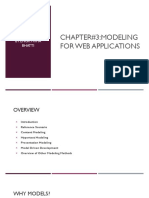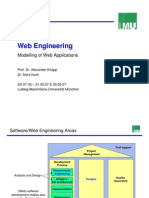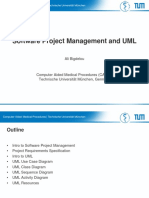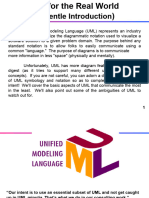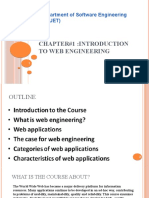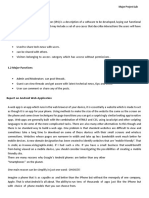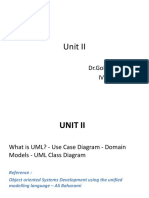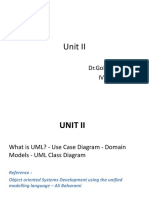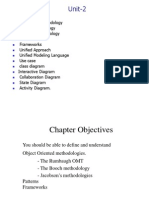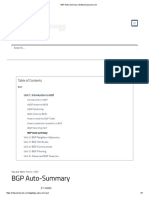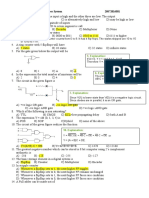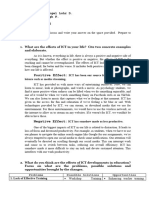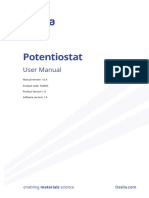0% found this document useful (0 votes)
34 views43 pagesLecture 7 - Modeling Web Application
The lecture by Dr. Divya Rishi Sahu focuses on modeling web applications through various phases such as requirements analysis, design, implementation, and maintenance. It emphasizes the importance of creating models to define abstract views, reduce complexity, and serve as communication tools, while introducing UML as a standard for diagramming in object-oriented development. The lecture also covers use cases, class diagrams, state machine diagrams, and hypertext structure modeling to illustrate the dynamic and structural aspects of web applications.
Uploaded by
Deshna JainCopyright
© © All Rights Reserved
We take content rights seriously. If you suspect this is your content, claim it here.
Available Formats
Download as PDF, TXT or read online on Scribd
0% found this document useful (0 votes)
34 views43 pagesLecture 7 - Modeling Web Application
The lecture by Dr. Divya Rishi Sahu focuses on modeling web applications through various phases such as requirements analysis, design, implementation, and maintenance. It emphasizes the importance of creating models to define abstract views, reduce complexity, and serve as communication tools, while introducing UML as a standard for diagramming in object-oriented development. The lecture also covers use cases, class diagrams, state machine diagrams, and hypertext structure modeling to illustrate the dynamic and structural aspects of web applications.
Uploaded by
Deshna JainCopyright
© © All Rights Reserved
We take content rights seriously. If you suspect this is your content, claim it here.
Available Formats
Download as PDF, TXT or read online on Scribd
/ 43




